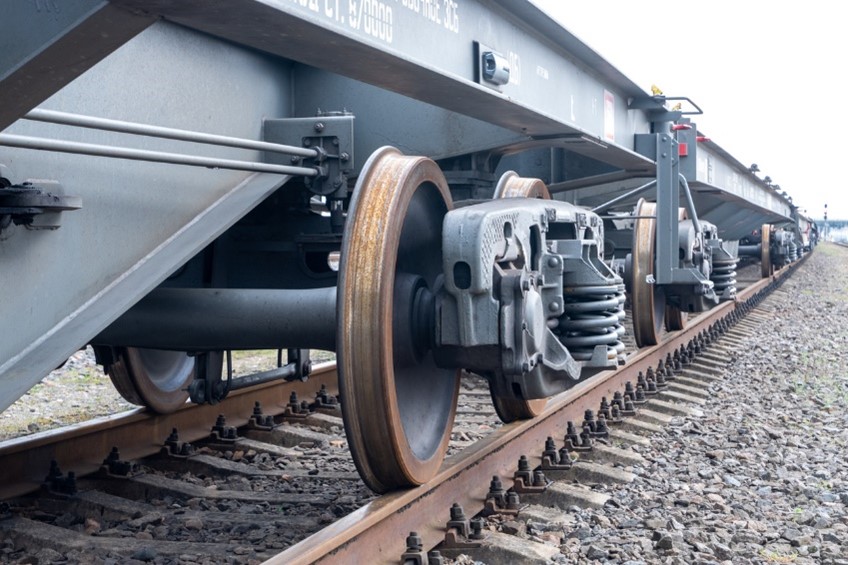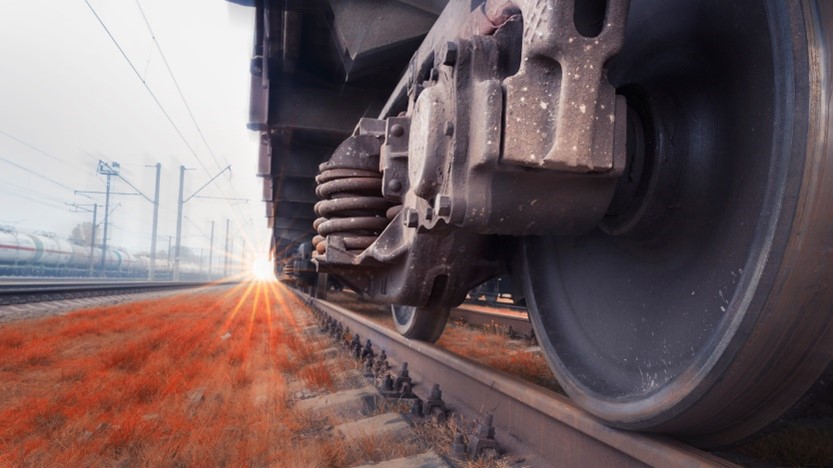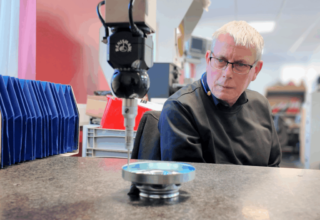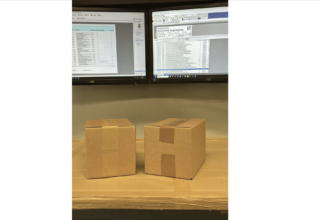
European Springs works closely with businesses from an extensive range of industries, including the rail sector and provide insight into the market.
The use of springs in the rail industry may not be immediately apparent, but they play a crucial role in ensuring safe and efficient rail travel. Springs are used in a variety of ways in this sector, from controlling the movement of train carriages to ensuring that rail tracks stay in place.
Whether you are a rail enthusiast or a springs enthusiast, European Springs provides a fascinating insight into the use of springs in rail travel.
SUSPENSION SYSTEMS
Springs are an essential component of suspension systems in the rail industry as they ensure passenger comfort and safety by absorbing shocks and vibrations caused by the movement of trains on the tracks.
There are several types of springs used in suspension systems, but of course, the main spring type is a suspension spring. Suspension springs support the weight of the train carriages and passengers and are designed to compress and expand to absorb shocks and vibrations caused by bumps or irregularities in the track.

RAILWAY SIGNALLING
Springs are also used in railway signalling systems, which ensure signals are displayed correctly and reliably. For example, tension springs are used in railway signalling equipment, such as track circuits and relays. These springs guarantee the reliable operation of the signalling equipment. In a track circuit, for example, tension springs are used to maintain tension on the electrical contacts that detect the presence of a train. The contacts need to be firmly in place to ensure they make good electrical contact with the rail, and the tension springs provide the necessary force to achieve this. If the tension is insufficient, the contacts may become loose and cause false readings or unreliable detection of trains.
In relays, tension springs maintain tension on the relay contacts, ensuring they make good electrical contact when activated. The tension springs help ensure that the contacts remain in place even when subjected to vibration or shock, ensuring reliable relay operation.
PANTOGRAPHS AND CURRENT COLLECTORS
Pantographs and current collectors provide electrical power to trains by transferring power from overhead wires to the train’s electric motors and the springs ensure the reliable and efficient collection of this electrical power. For example, contact springs maintain contact between the pantograph and the overhead wire, applying consistent pressure to ensure that the pantograph collects the maximum amount of electrical power possible.
In addition, suspension springs help to support the weight of the pantograph and current collector assembly. By providing the necessary contact pressure and reliably returning to the default position whilst supporting the assembly’s weight, springs help trains operate safely and efficiently, even in adverse weather conditions.

BRAKE SYSTEMS
Springs are also commonly used in the brake systems of trains in the railway industry. In this application, springs apply force to the brake shoes or pads, pressing them against the train’s wheels to slow or stop the train. They are also used to return the brake shoes to their resting position after the brakes have been released, ensuring the brake shoes do not drag on the train’s wheels, which could cause excess wear or overheating.
Springs also apply force to the brake shoes or pads when the brakes are activated. So, when air pressure is applied to the brake cylinder, it compresses the brake cylinder springs, forcing the brake shoes or pads against the train’s wheels.
RAILROAD MAINTENANCE
A variety of railroad maintenance equipment depends on springs to help perform a range of tasks; let’s take a look:
- Rail anchors. These are devices used to hold the rails in place, designed to resist the lateral and longitudinal forces that act on the rails as trains pass over them. Springs are used in rail anchors to provide the necessary resistance to these forces and to ensure that the rails remain firmly in place.
- Rail joints. In a railroad track, the rails are joined together using metal plates and bolts. Springs are used in these joints to maintain the proper tension on the bolts, ensuring that they remain securely fastened even as the temperature and other environmental factors change.
- Track maintenance machines. Many machines maintain railroad tracks, including tampers, ballast regulators, and tie-inserters. Springs are used in these machines to absorb shock and to provide the necessary force for the machines to perform their tasks effectively.













